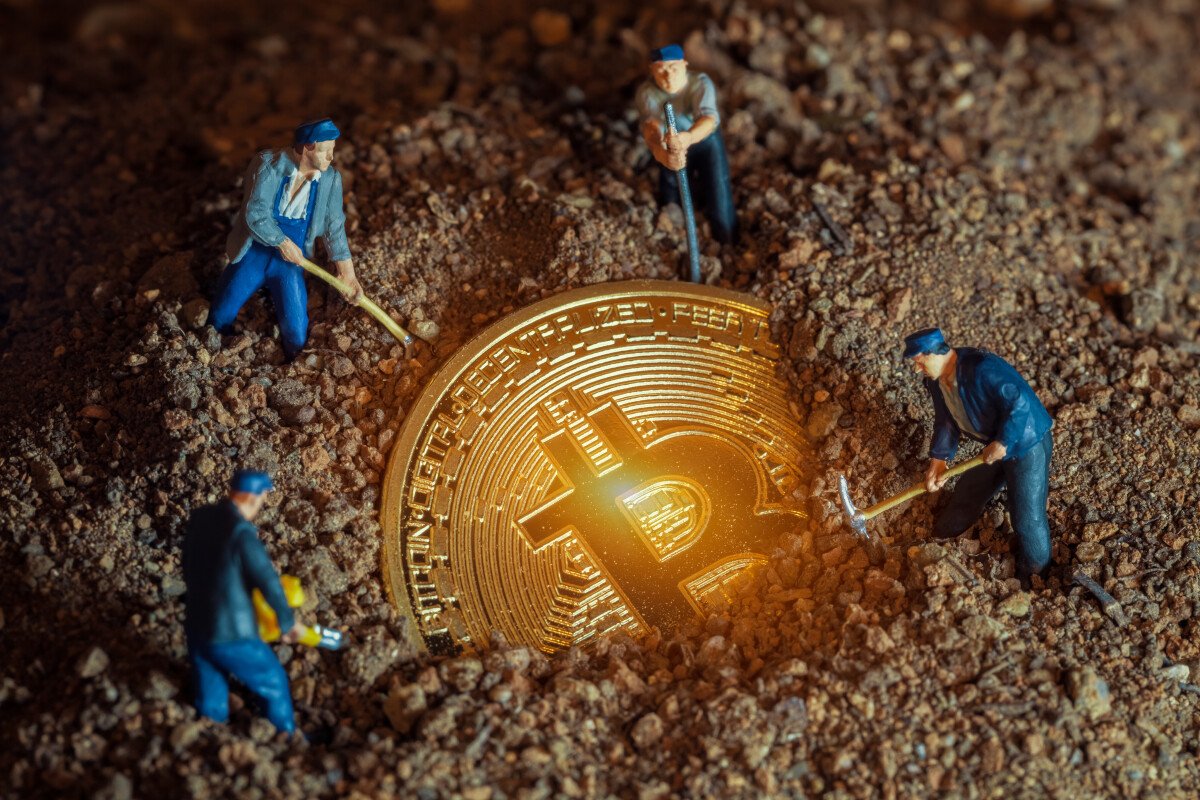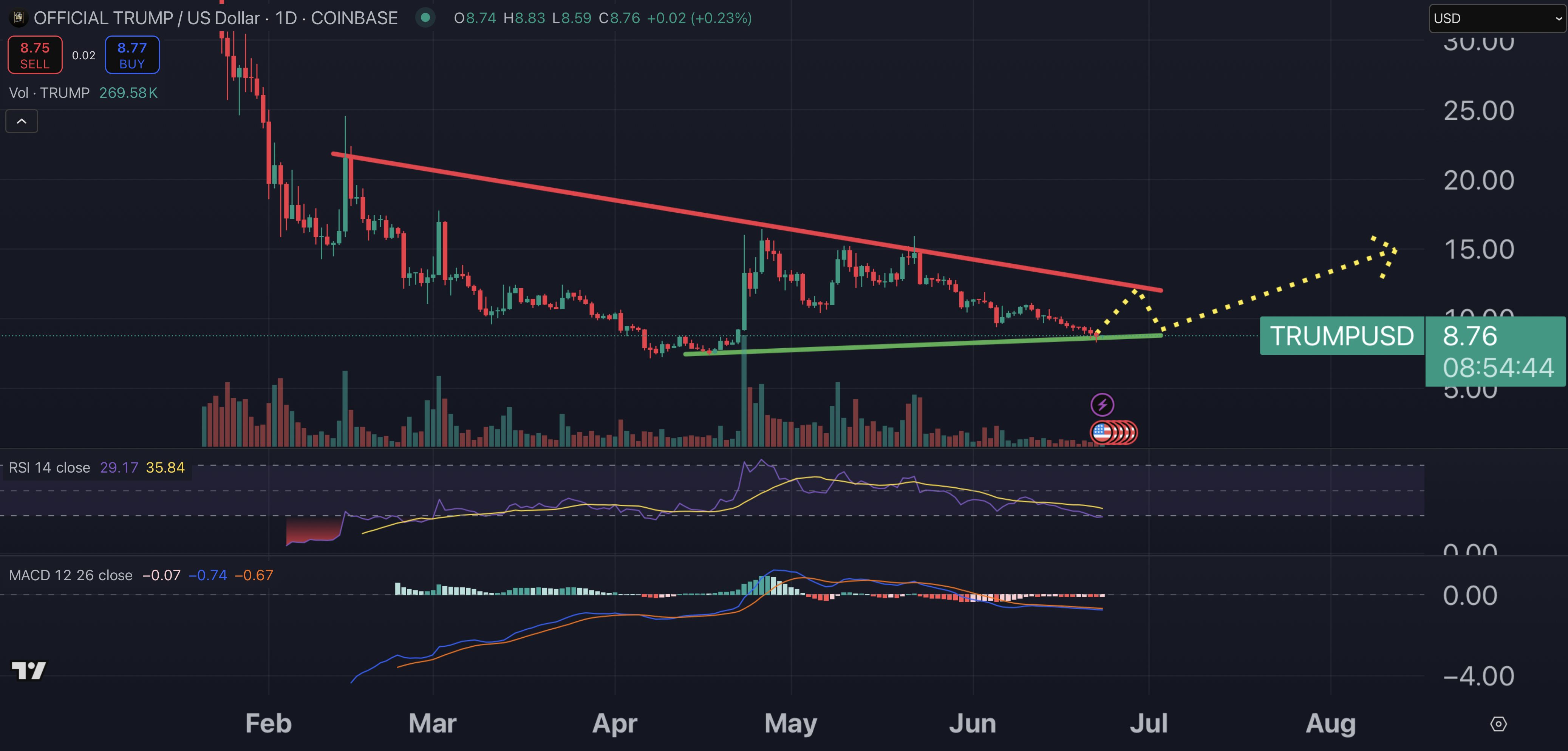The Bitcoin mining difficulty is about to be adjusted to a fresh record high, reflecting a continued rise in the number of mining machines competing to secure the network.
According to data presented by CoinWarz.com, the BTC mining difficulty will be lifted from its current level of 49.55 trillion to 50.91 trillion at tomorrow’s bi-weekly adjustment.
That means a more than 2.7% jump in the difficulty that individual miners face as they attempt to discover a Bitcoin block.
The jump in mining difficulty reflects the fact that, as per CoinWarz.com, the average block time is currently around 9.73 minutes, 0.27 minutes (or around 16.2 seconds) faster than the Bitcoin protocol’s aim of maintaining a block time of around 10 minutes.
Crypto on-chain data analytics firm Glassnode explains that the Bitcoin protocol “will adjust the difficulty up or down when the average observed block-intervals are shorter or longer (than 10 minutes), respectively”.
The surge in BTC mining difficulty goes hand-in-hand with a continued rally in the Bitcoin network’s hashrate (or overall computing power).
According to data presented by Glassnode, the 14-day moving average mean daily hash rate was last around 366 exahashes per second (EH/s) on Monday, a record high.
What’s Driving the Surge in Bitcoin Mining Difficulty?
A surge in Bitcoin network fees this month has delivered a nice boost to Bitcoin mining profitability – miners not only get rewarded with newly issued BTC tokens when each block is mined, but they also get paid a share of network fees.
Behind the fee surge, which has admittedly eased in recent weeks although fees still remain at abnormal levels, is an explosion of activity on the Bitcoin blockchain related to the Ordinals protocol.
The Ordinals protocol, which pioneered the concept of inscriptions directly onto the Bitcoin base chain, has been touted as adding significant functionality to the Bitcoin blockchain.
NFTs and so-called BRC-20 tokens can now be issued directly onto the Bitcoin blockchain and smart-contract-powered decentralized applications are starting to pop up.
Bitcoin appears to be in the early stages of transitioning into a smart chain (like Ethereum), and demand for inscriptions, which are counted as transactions, has resulted in an increase in demand for Bitcoin network block space.
No Signs of a Slowdown Just Yet
The Ordinals protocol was only launched at the end of last year and the BRC-20 token standard only around two months ago.
Indeed, it seems as though inscription innovation on the Bitcoin blockchain has only just got kicking.
That means that, at the very least, transaction numbers will likely remain inflated beyond their pre-Bitcoin Ordinals protocol levels of last year for the foreseeable future.
And that means that Bitcoin network fees are likely to remain elevated, which should mean the incentive for more miners to continue joining the network remains strong.
The main uncertainty for miners right now (beyond the Bitcoin price’s daily fluctuations) is next year’s halving, which will see the block reward cut in half from the current 6.25 BTC to 3.125 BTC.
That might act as a disincentive for new miners to get involved, out of fear that a halving of the reward may make the endeavor unprofitable.
But historically, the Bitcoin price has performed exceptionally well in the lead-up to and period immediately after the halving, more than making up for the halving of the block reward.
Credit: Source link







![[LIVE] XRP Price Prediction: John Deaton Says $100B Ripple Valuation Is Possible – Here’s What That Means for XRP [LIVE] XRP Price Prediction: John Deaton Says $100B Ripple Valuation Is Possible – Here’s What That Means for XRP](https://cimg.co/wp-content/uploads/2025/06/25113258/image-132-1-1024x580.jpg)



